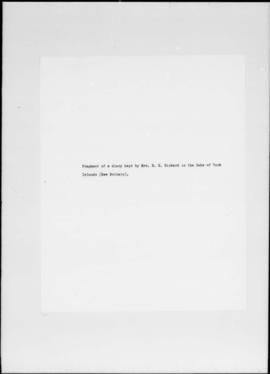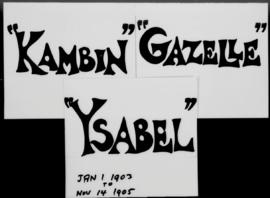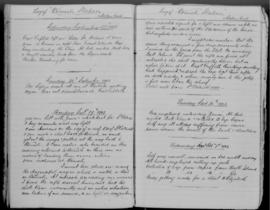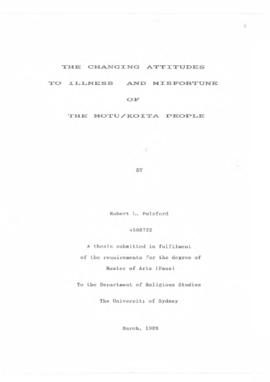Fragment of a diary kept by Emma Rickard
- AU PMB MS 19-02
- Pièce
- 19 May 1883 - 24 September 1883
Fait partie de Miscellaneous papers - letters and diary fragment
The Reverend Richard Heath Rickard (1858-1939) was a pioneer missionary in New Britain. He published the first New Britain dictionary and grammar in 1889.
Some of the documents in this collection relate only indirectly to the Rev. R.H. Rickard. The documents comprise:
- A copy of a letter dated May 1, 1882, from Rickard to the Wesleyan Church offering his services as a missionary in New Britain.
- A fragment of a diary kept by Rickard's wife in the Duke of York Islands from May 19, 1883, to September 24, 1883.
- Four letters from Mrs C. Phebe Parkinson to Mrs Rickard, written between 1898 and 1939 from various places in the New Guinea Islands. One of the letters, of 1935, was written from the little-known Tingwon Islands, off the western tip of New Hanover, and is one of the fullest descriptions known of those islands. (Mrs Parkinson became a friend of the Rickards during their early years in New Britain. For an outline of her career, see the Bureau's newsletter Pambu, November, 1968:4)
Rickard, Richard Heath







